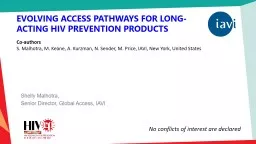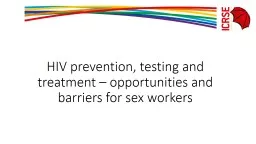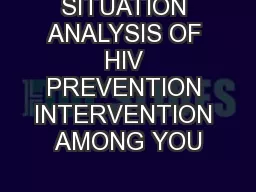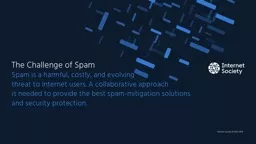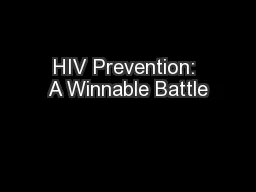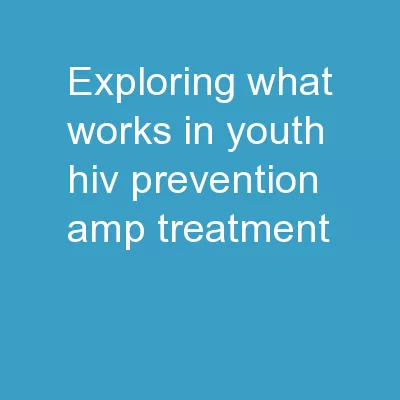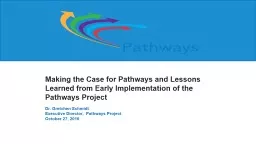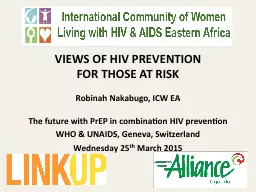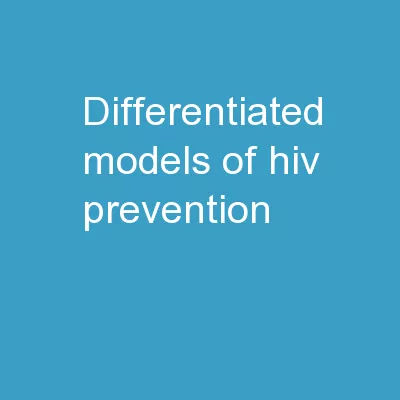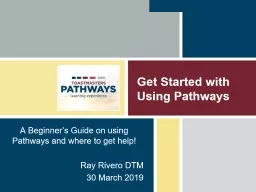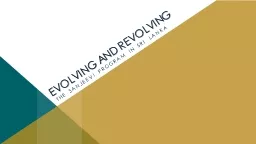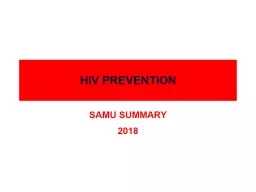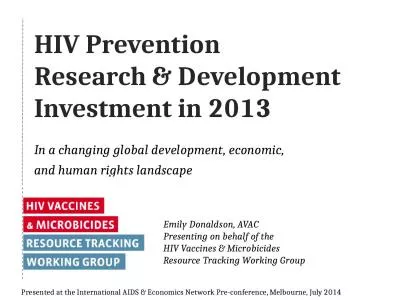PPT-Evolving Access Pathways for Long-Acting HIV Prevention Products
Author : berey | Published Date : 2022-07-13
Shelly Malhotra Senior Director Global Access IAVI No conflicts of interest are declared Coauthors S Malhotra M Keane A Kurzman N Sender M Price IAVI New York United
Presentation Embed Code
Download Presentation
Download Presentation The PPT/PDF document "Evolving Access Pathways for Long-Acting..." is the property of its rightful owner. Permission is granted to download and print the materials on this website for personal, non-commercial use only, and to display it on your personal computer provided you do not modify the materials and that you retain all copyright notices contained in the materials. By downloading content from our website, you accept the terms of this agreement.
Evolving Access Pathways for Long-Acting HIV Prevention Products: Transcript
Download Rules Of Document
"Evolving Access Pathways for Long-Acting HIV Prevention Products"The content belongs to its owner. You may download and print it for personal use, without modification, and keep all copyright notices. By downloading, you agree to these terms.
Related Documents

